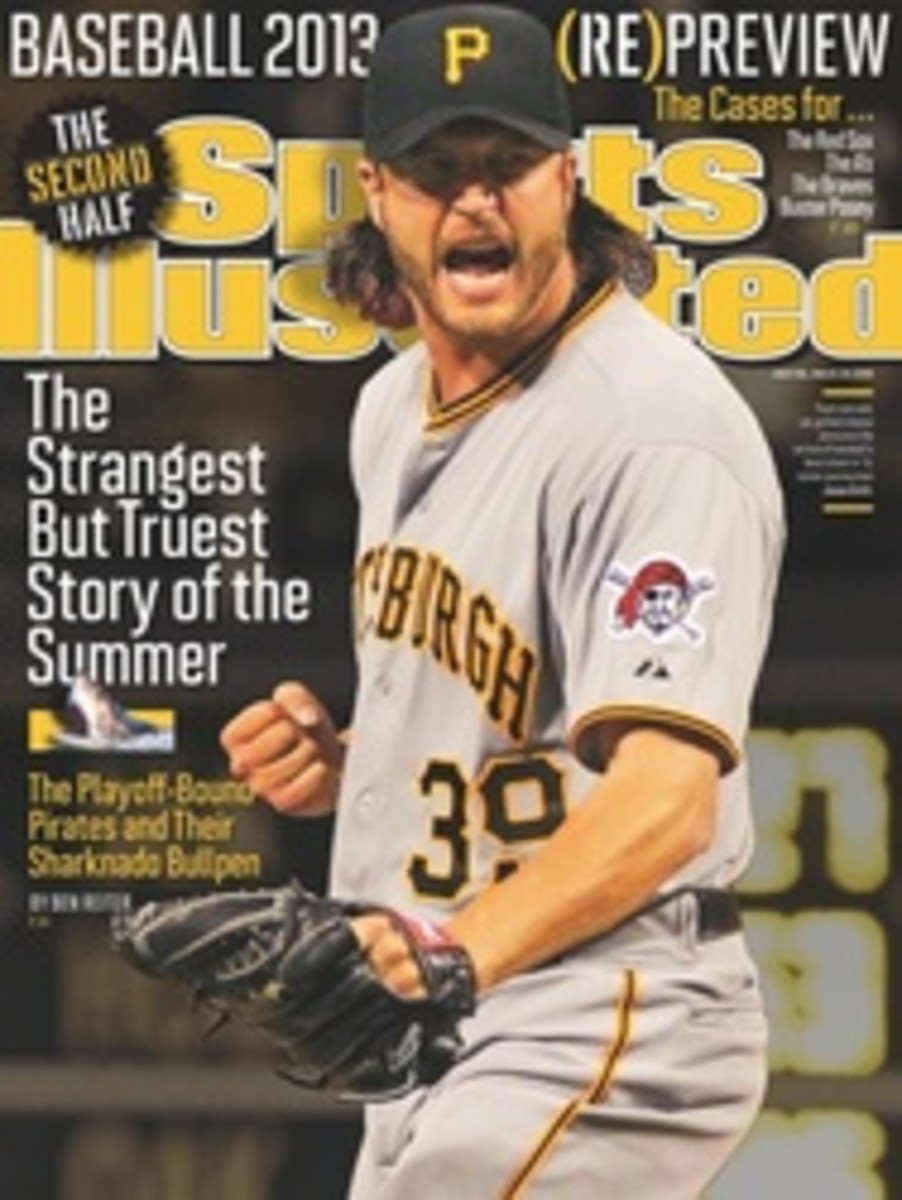
Skating on The Edge in New Orleans
Zack Carpenter's friends worried about him. The young man from the little town of Waterport in western New York who had moved to New Orleans in 2005 and fallen in love with his new home was so eager to share his energy and his enthusiasms. It's what made him such a joy to be with. There was the gardening, the guitar he played, the kickball. And the skateboarding—especially the skateboarding. But sometimes those closest to Zack feared that he was too trusting. Especially for a place as edgy as New Orleans.
"I warned him that you couldn't always be so sure about everyone you met," says Raymond Herkes, 29, a Louisiana native who befriended Zack shortly after his arrival in the city, "that there were bad elements here. But when it came to skateboarding, that went out the window. Zack said, 'If someone skateboards, they're family.' "
Zack had learned to skate back in Waterport, and when he came to New Orleans, at 23, to work as an electrician in the post-Katrina rebuilding efforts, he brought his boards with him. The streets were pocked with potholes, but Zack immediately took to the scene. He loved nothing more than getting someone else up and rolling. He gave boards to his friends for their birthdays and repaired busted ones for kids starting out. With buddy Blaine Billings he founded the New Orleans Longboarders and invited anyone he met to join. And he spent countless hours at Parisite, a skate park built by boarders under the 610 freeway at the corner of Paris Avenue and Pleasure Street in a hardscrabble section of the Gentilly neighborhood.
Parisite was the only skateboard facility in New Orleans. Zack, who also had a full-time job installing home theaters for Best Buy, was there every day, shredding on the ramps and rails, pitching in on construction or maintenance and, always, working with neighborhood kids. "He'd help everybody," says 15-year-old Jeffrey Anderson, whose house stands just across Pleasure from Parisite. "I'd be scared to try some trick, and Zack would say, 'Just do it!' but then he'd also show me the fundamentals of how to do it."
Every Saturday, Zack would fire up a grill and cook for whoever was on hand. "He'd be out there with 50 hot dogs, 50 hamburgers," says friend Mike Moran. "He'd be feeding everyone."
According to police, Parisite is also where Zack met Darryl Watson, the 18-year-old who fatally shot Zack on the night of May 10, firing a single bullet into his head as Zack sat behind the wheel of his white Nissan Altima on Elysian Fields Avenue. Watson was arrested four days later at his parents' house, two blocks from the murder scene. There, police found the handgun used in the killing. Watson's skateboard was also in his room.
Watson (who police say had a juvenile record and whose 25-year-old brother, Joshua, had been sentenced to 50 years for armed robbery on the day of the arrest) confessed to the killing. He told detectives that he shot Zack because he had given Zack money for some marijuana and believed that Zack was going to drive off without giving it to him. (Police say that while marijuana was involved, Watson intended to rob Carpenter.) Watson was arrested for first-degree murder and is awaiting a preliminary hearing.
New Orleans is wracked by violence, with one of the highest murder rates in the country. Zack's was the city's 59th murder of 2013. Two days after his death, in an incident that made national news, two young men opened fire on a Mother's Day parade, wounding 19. At a rally shortly after for the parade victims, Mayor Mitch Landrieu and other community leaders spoke of the need to provide young people with alternative activities to steer them away from the violence of the streets. Which, of course, is exactly what Zack was doing.
Andrew Packer is the detective who arrested Watson. A skateboarder himself as a kid in Southern California, Packer, 31, marveled at what he found at Parisite. "To see what Mr. Carpenter helped build for the community was tremendously impressive," he says. "New Orleans would be a better city if we had more people like him."
On the Sunday after Mother's Day, Zack's friends and family gathered for a memorial at Parisite. There was music and good New Orleans food, and some of Zack's ashes were scattered on the garden he'd planted a few days before he died. It was wrenching and beautiful and, everyone agreed, a fitting tribute. But the most eloquent testimony to Zack's legacy is on display every day at Parisite. There, under the cavernous spread of the 610, where the shade and breeze make even a summer afternoon pleasant, a couple dozen skaters—white and black; some in their 20s, others much younger—crisscross on the ramps. A hand-lettered sign spells out the spirit under which they've come together: WELCOME TO PARISITE/NO GRAFFITI!/PICK UP YOUR TRASH!/SK8 OR WORK OR GO HOME!/SKATE AT YOUR OWN RISK.
Follow @SInow
Carpenter knew there were bad elements in the city, but he saw anyone who skateboarded as family.
SI.COM
To read more about Zack Carpenter and the New Orleans skateboarding scene, go to SI.com/mag
PHOTO
ERICK W. RASCO/SPORTS ILLUSTRATED (O'BRIEN)
PHOTO
BLAINE BILLINGS (CARPENTER)

